AWS Certified AI Practitioner
Fundamentals of AI and ML
Supervised Unsupervised and Reinforcement Learning
Welcome to this lesson on the three primary types of machine learning. In this guide, we will explore:
- The fundamentals and applications of Supervised Learning.
- How Unsupervised Learning uncovers hidden patterns without prior labels.
- The dynamic trial-and-error approach of Reinforcement Learning.
Each section includes practical examples and illustrative diagrams to clarify complex concepts.
Supervised Learning
Supervised learning involves training a model on a dataset that includes both inputs and associated labeled outputs. The model learns the mapping between features and targets, enabling it to predict outcomes based on new input data. Common applications include:
- Housing Price Prediction: Estimating property values using features like square footage, location, and number of bedrooms.
- Stock Market Forecasting: Analyzing historical trends to predict market movements.
- Image Classification: Differentiating between objects, like distinguishing between cats and dogs from labeled images.
- Spam Detection: Identifying spam emails by learning from previously labeled instances.
- Credit Scoring: Predicting financial reliability based on historical credit data.
Key Point
Supervised learning relies heavily on high-quality labeled data. More examples typically improve accuracy, especially in complex tasks such as spam detection.
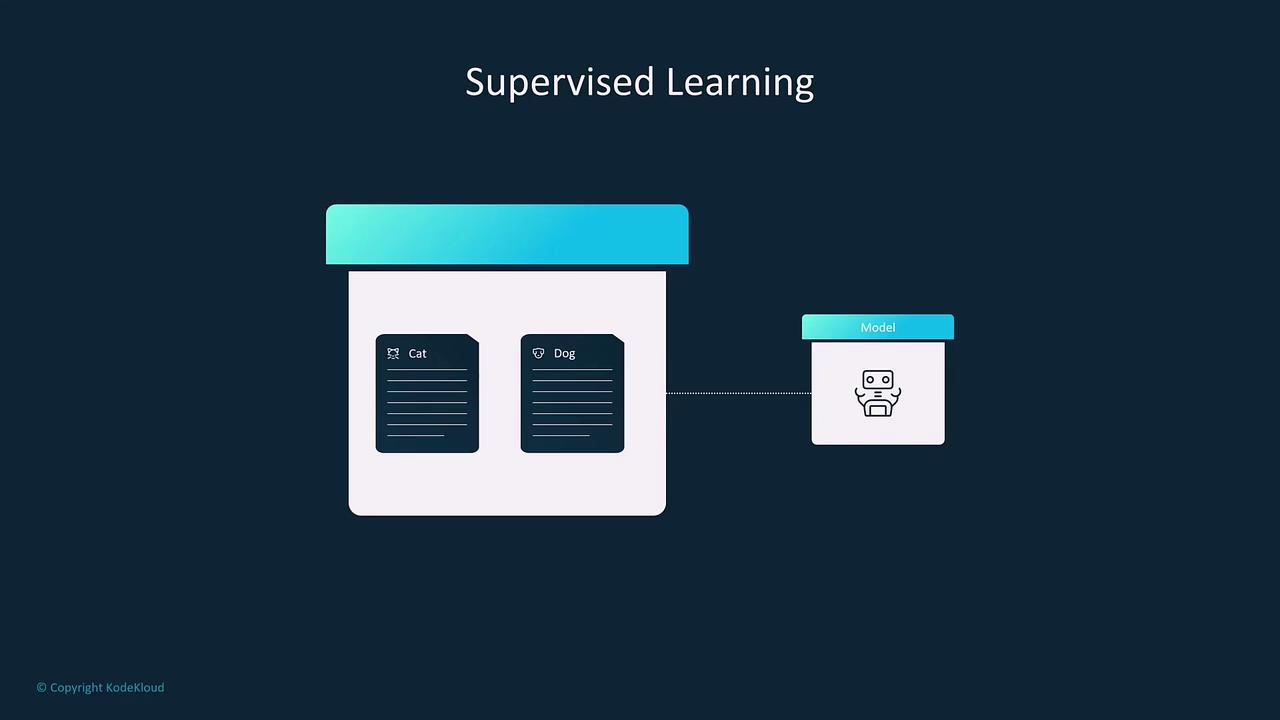
Spam detection systems may require millions of labeled emails to achieve high precision and low false positives.
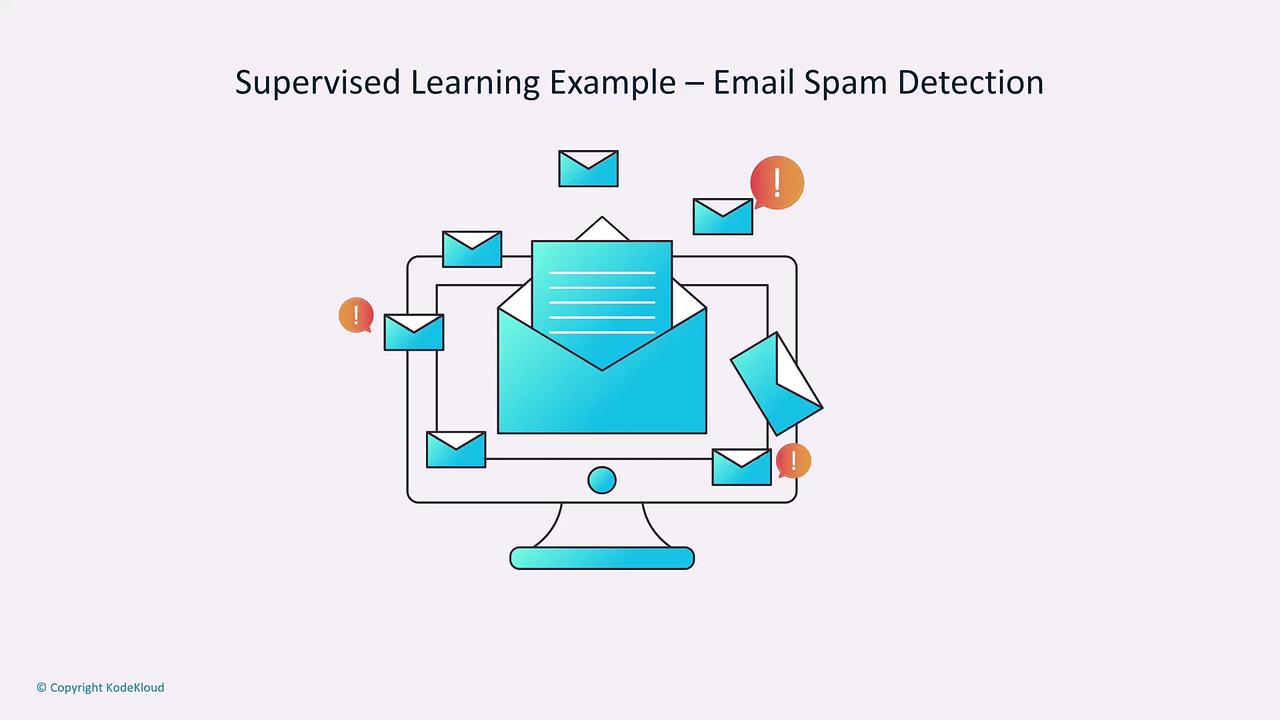
In the financial domain, supervised learning is the backbone of credit scoring systems, where risk is assessed using attributes like income, credit history, and employment status.
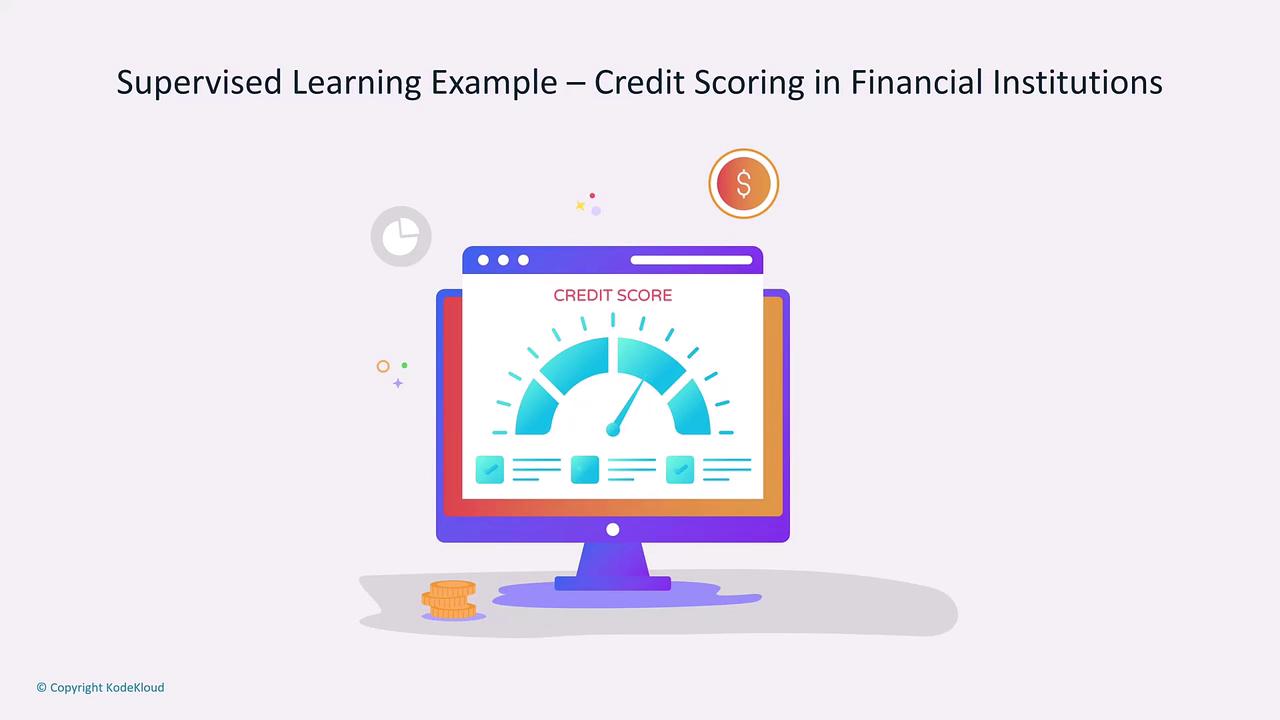
Unsupervised Learning
Unsupervised learning focuses on extracting hidden patterns from data that has not been labeled. The primary goal is to identify intrinsic structures such as clusters or anomalies. This technique is invaluable when pre-defined labels are not available.
Key use cases include:
- Image Grouping: Automatically organizing images by similar features (e.g., grouping together images of cats and dogs without prior labeling).
- Customer Segmentation: Dividing consumers into distinct groups like "Budget-Conscious" and "Premium Buyers" based on purchasing behavior.
- Anomaly Detection: Identifying unusual patterns in network traffic or system operations which may indicate security breaches or faults.
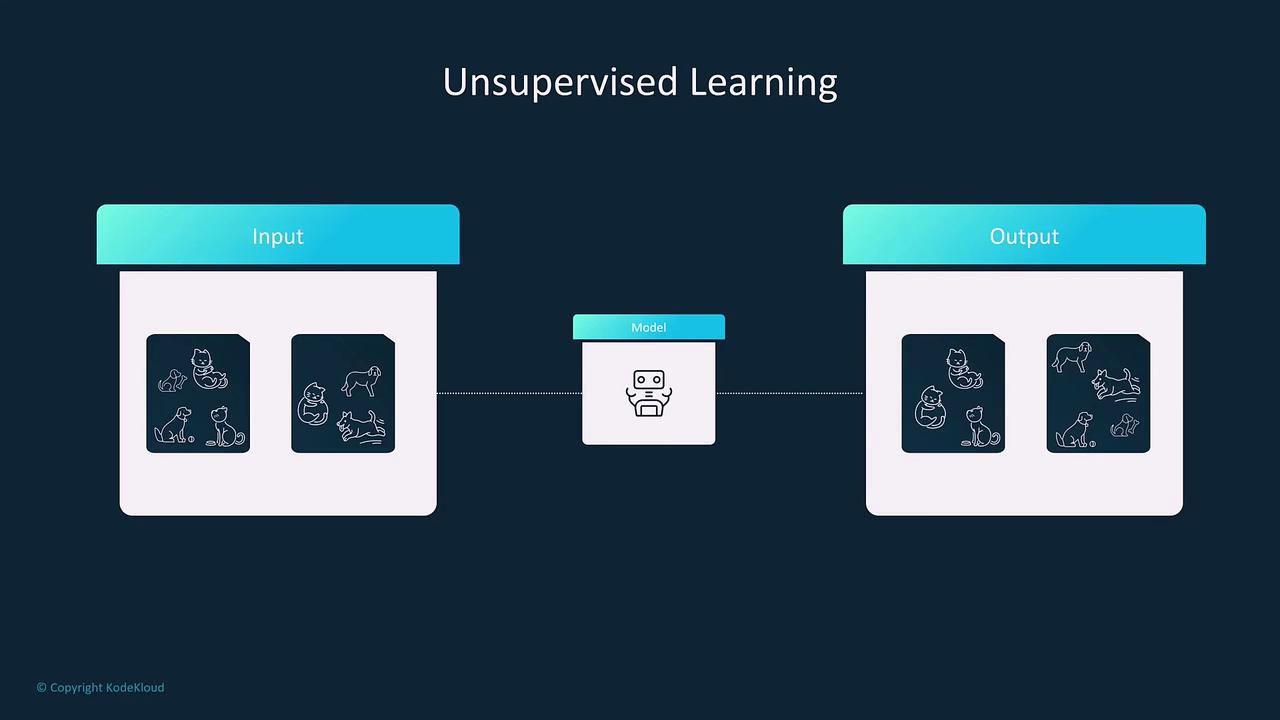
Unsupervised techniques enable businesses to tailor marketing strategies or adjust operational parameters by analyzing data clusters.
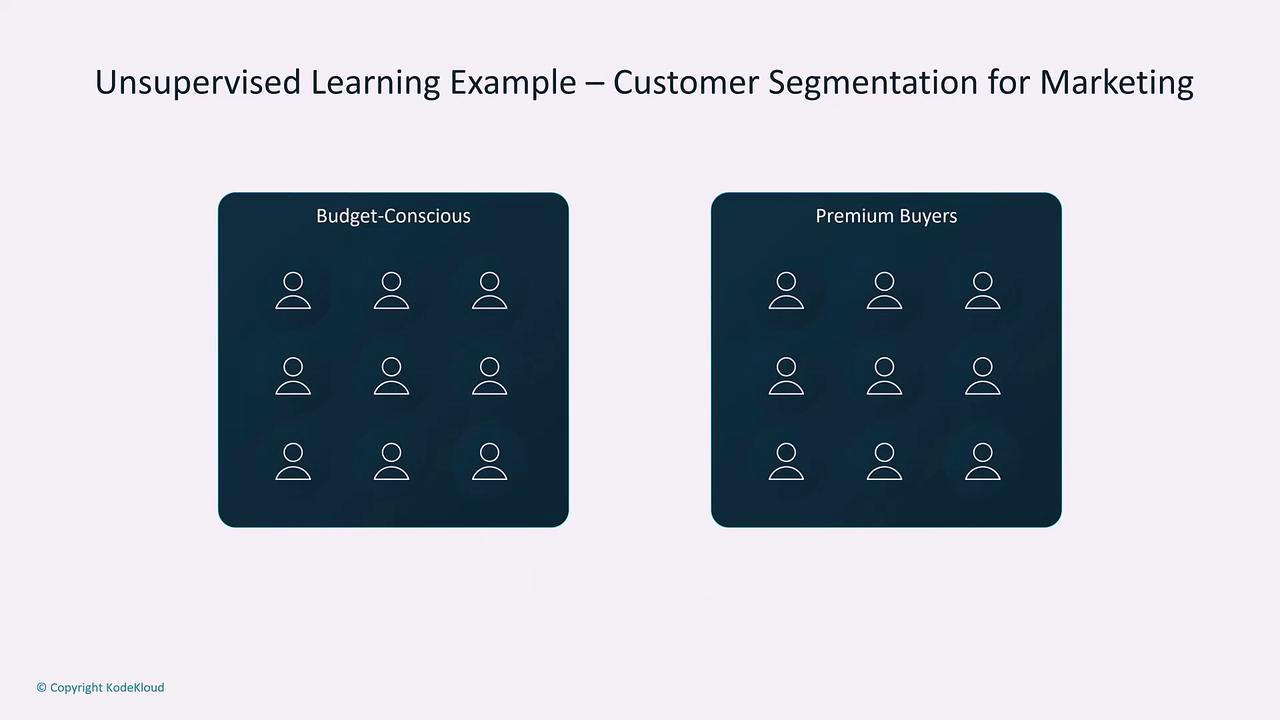
For cybersecurity, unsupervised learning algorithms can analyze network data to detect anomalies that may represent cyber threats.
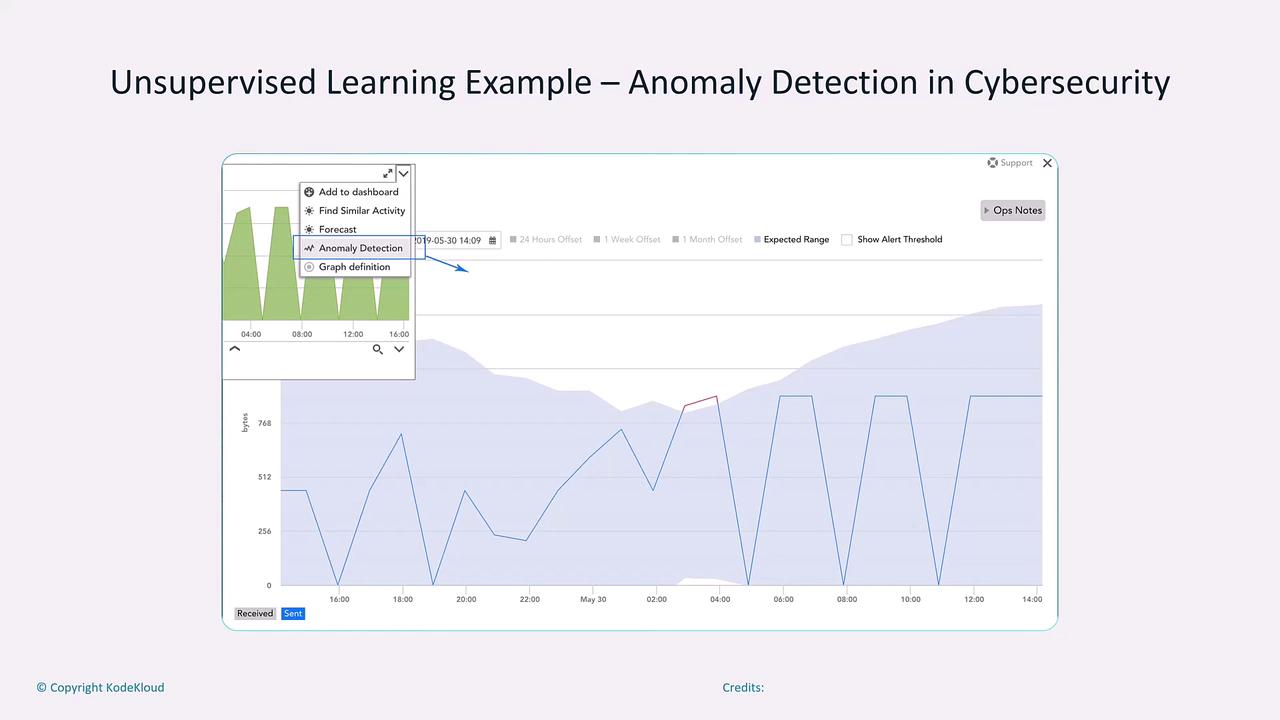
Reinforcement Learning
Reinforcement learning differs notably from the other types by emphasizing the role of an agent that learns through interaction with its environment. The agent receives rewards or penalties based on its actions, allowing it to iteratively improve its strategy.
Practical applications include:
- Game Playing: Training an AI to excel in chess or other board games by learning from successes and failures.
- Autonomous Driving: Allowing in-car systems to optimize driving strategies using live feedback from the surrounding environment.
- Recommendation Engines: Adapting content suggestions based on viewer interactions to enhance user experience.
- Smart City Traffic Management: Dynamically managing traffic lights to improve flow and reduce congestion based on real-time sensor data.
Important
When deploying reinforcement learning, carefully monitor the feedback loop to balance exploration and exploitation, ensuring that the agent does not adopt suboptimal strategies.

A recommendation system, like those used by streaming services, adjusts its algorithm by learning from user feedback such as ratings and viewing time.
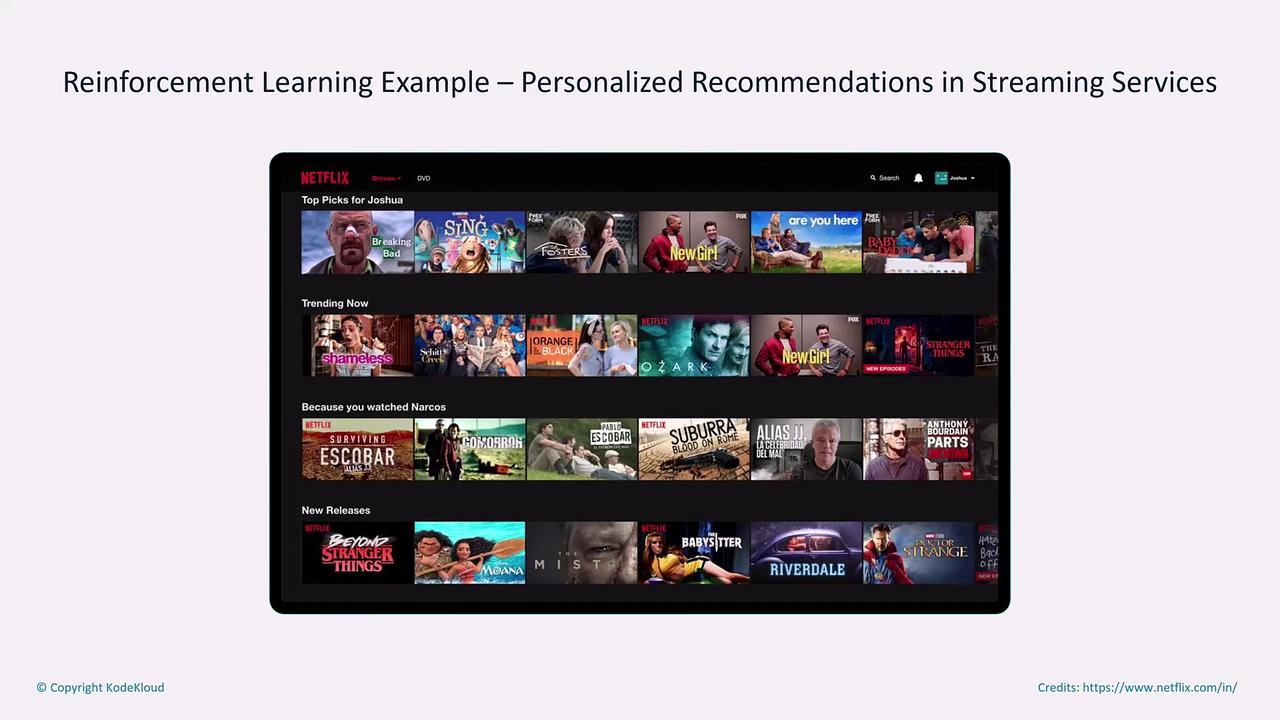
In smart cities, reinforcement learning algorithms optimize traffic signals by processing live data, ultimately increasing traffic efficiency and reducing delays.
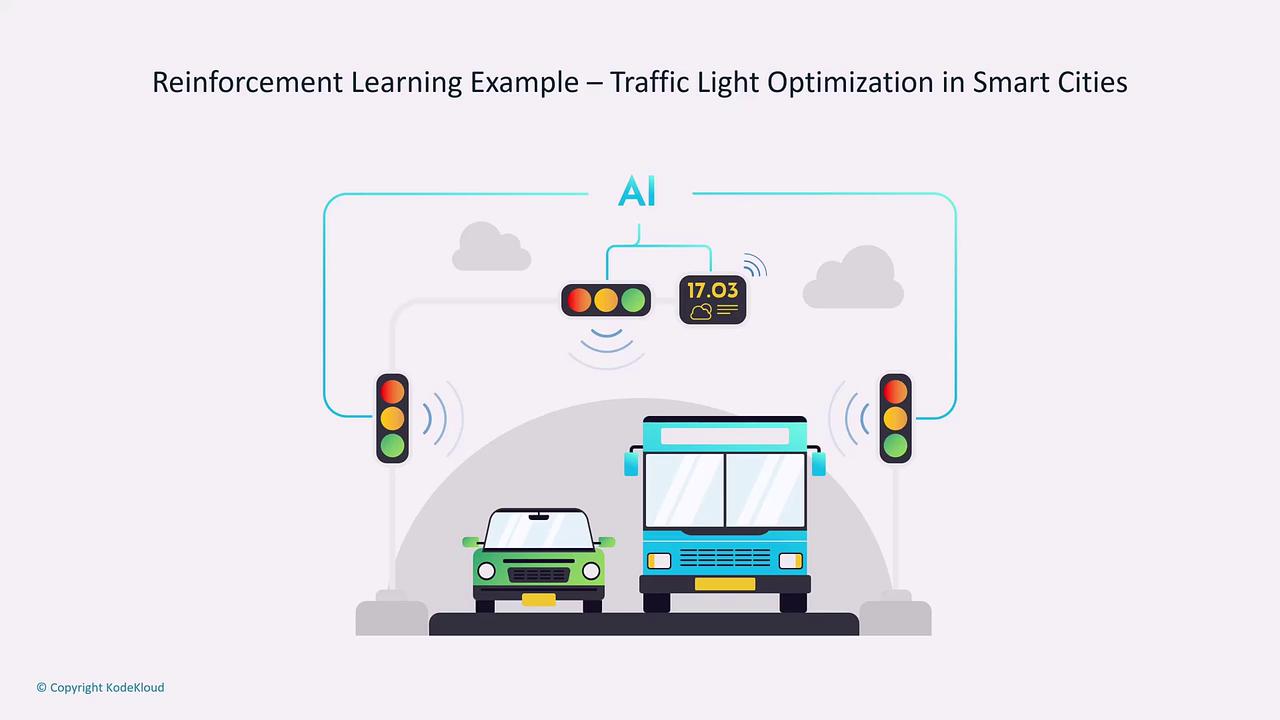
The following diagram depicts the reinforcement learning process, showing how an agent takes actions, observes state changes, and refines its policy based on received rewards or penalties.
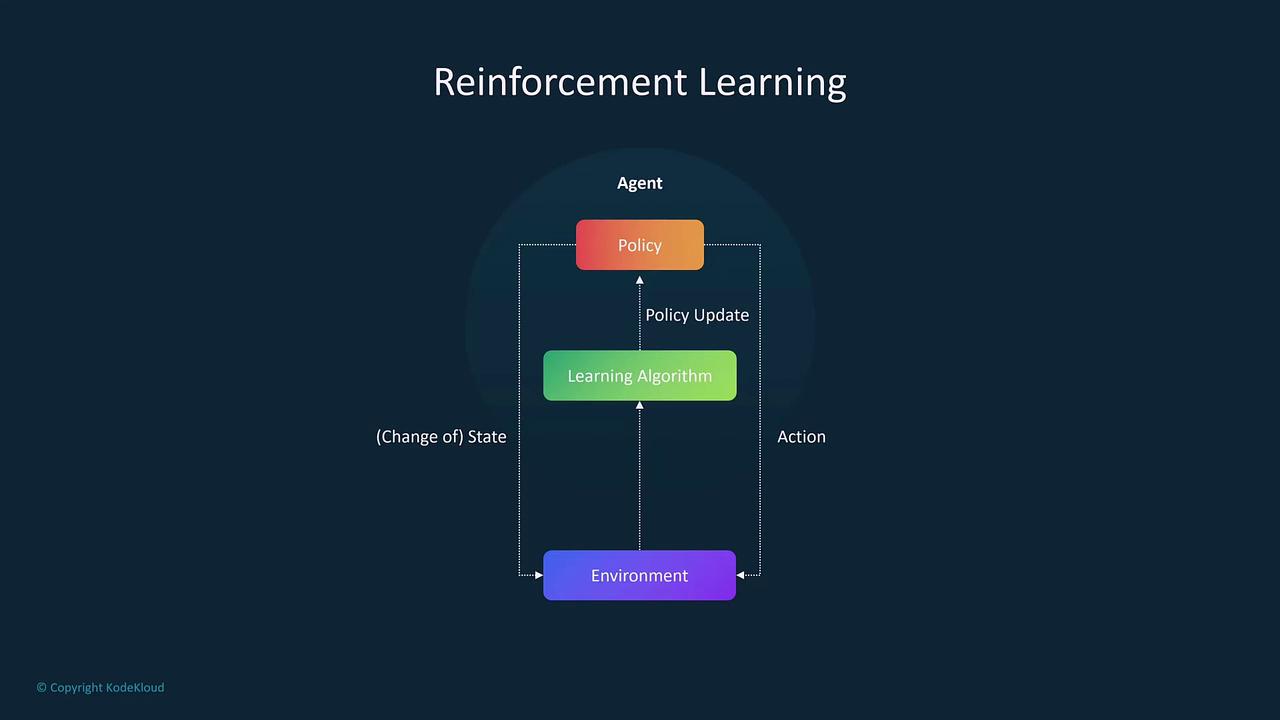
Summary
In this lesson, we covered:
- Supervised Learning: Using labeled data to train models for predictions and decision-making.
- Unsupervised Learning: Discovering patterns and clusters in unlabeled data to inform strategic decisions.
- Reinforcement Learning: Training an agent through feedback within a defined environment to learn optimal actions.
Understanding these three machine learning approaches provides a solid foundation for both academic research and practical application in various industries. Continue exploring these concepts to advance your knowledge and skill set in modern AI technologies.
Catch you in the next lesson!
Watch Video
Watch video content